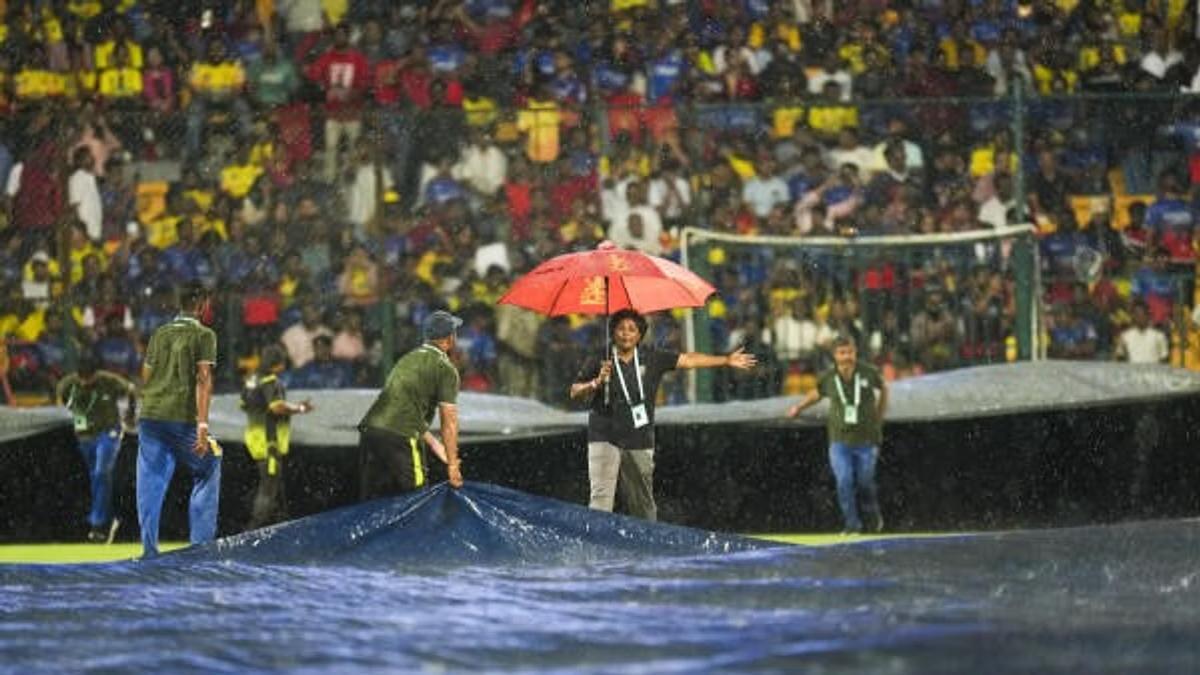(Motorsports news) With the RE22 engine in Alpine from the previous year, Renault’s powertrain division in Viry took a chance, believing that it could improve performance prior to specification freezing and address reliability concerns later, if needed, with FIA-approved adjustments. But by 2023, it was evident that the virtually unaltered RE23 was still 20–30 horsepower behind competitors Honda, Mercedes, and Ferrari.
This summer, attempts were made to get support for an update program that would have placed Renault on a par with the other manufacturers for the last two years of the existing regulations (2024 and 2025), with the FIA’s consent. That tactic was dropped, though, and Renault effectively accepted its two-season setback while directing all of its attention toward creating a new engine in compliance with the 2026 regulations.
When asked if the chassis side of the team was frustrated by an engine shortfall, Harman refuted that claim. He answered, “I wouldn’t say frustrating.” “I believe we made an effort. I believe it’s critical that we give these things a try. We simply ran out of time on Renault’s RE22, but ultimately, we have the technology and capacity to place the power unit where we’d like it to go. “We used that engine with great bravery. Alright, it’s lagging behind our desired state. However, there used to be a significant gap, and despite our significant progress, we weren’t quite close enough.
“It would have been lovely to have it unlocked for a little period just to do that again, but we were just unable to take any more risks than we did. Ultimately, though, I believe it’s also critical to remember that we currently have another power unit to complete. The crew is really focused on that. And that’s how we envision the future. In the end, I believe we decided to simply concentrate on the future.
And for the next two years, we’ll be addressing this power unit by attempting to minimize some of its parasitic losses and taking all appropriate legal action.” Harman said that the group didn’t always optimize the A523 for high-speed events in 2023. “You’ve all seen the numbers, we’ve stated the delta that we have,” he stated. It goes beyond the loss in power units. It was a poor weekend for us if we take a look at Monza and our performance there.
“We weren’t planning on being there. Although we were aware of the power unit’s performance delta prior to entering, we hadn’t anticipated finding ourselves in that situation. And that indicates that, in terms of enhancing and optimizing the power unit, we simply did not do enough on the chassis side. And we did in fact learn that for Las Vegas.”
“Obviously, we have to make some compromises. You have to re-optimize your car into a different zone,” he continued. I believe you have a lot of options. Furthermore, I believe that in some circuits where the power unit predominates, we didn’t do enough.”
Also read: Regaining the Red Bull DRS switch gap is “a challenge,” according to Aston Martin











